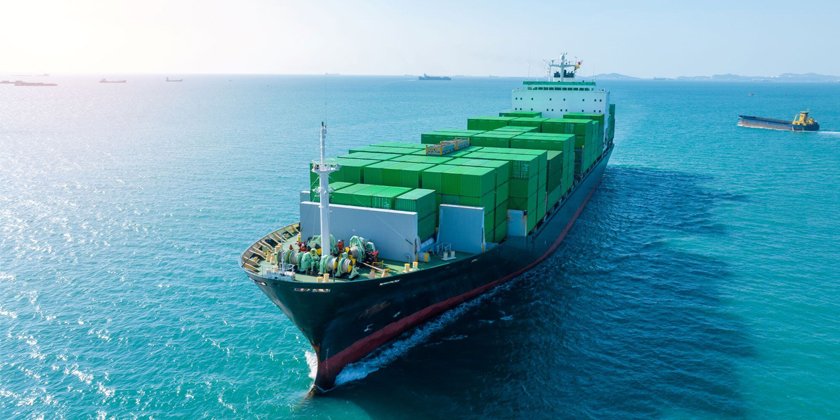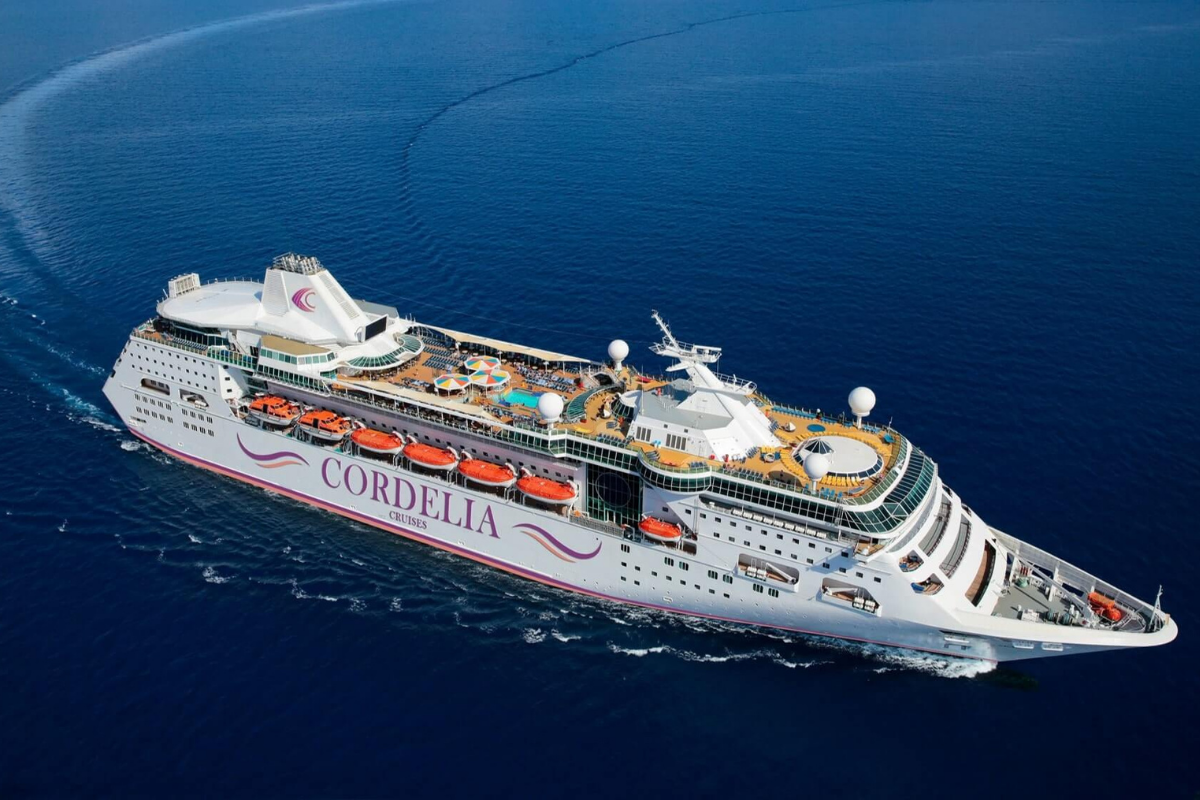

India is setting sail toward a transformative maritime journey with the Maritime Amrit Kaal Vision 2047, a bold, long-term roadmap aimed at establishing India as a global maritime leader. Unveiled during the Global Maritime India Summit in October 2023, this vision is a forward-looking plan designed to strengthen India’s capabilities in transport, coastal infrastructure, and maritime trade, while driving growth in the ocean-based economy(Ministry of Ports, Shipping and Waterways, 2024).
Shaped through wide-ranging discussions and international insights, the Maritime Amrit Kaal Vision 2047 sets out a roadmap of over 300 steps to upgrade India’s port systems, boost inland and coastal shipping, and build a greener, more connected maritime network by the time India celebrates its centenary of independence(Press Information Bureau, 2025).
At its heart, the initiative seeks to unlock the immense potential of India’s blue economy, the sustainable use of ocean resources for economic growth, job creation, and improved livelihoods. The government has earmarked a staggering Rs 80 trillion to be invested over the next 25 years to bring this transformation to life(Business Standard, 2025).

A major thrust of the vision is developing world-class port infrastructure. Two new major ports, Vadhavan in Maharashtra and Galathea Bay in the Andaman and Nicobar Islands, are central to this expansion(Press Information Bureau, 2024).
Existing ports will also see large-scale upgrades, including digital tools for better vessel turnaround, smarter logistics, and improved cargo handling. A strong focus is placed on multimodal connectivity, linking ports seamlessly with railways, highways, and inland waterways to move goods efficiently across the country.
Inland waterways will play a crucial role in reshaping freight movement. The plan includes making six new National Waterways operational initially, offering a greener and more cost-effective alternative to traditional freight routes(Press Information Bureau, 2024).

Sustainability is a core pillar of the vision. The Harit Sagar Green Port Guidelines aim to reduce the carbon footprint of maritime operations, with the ultimate goal of achieving carbon neutrality across all major ports (Ministry of Ports, Shipping & Waterways, 2023).
In line with India’s National Hydrogen Mission, three major ports, Deendayal, Paradip, and V.O. Chidambaranar, are being developed as Green Hydrogen and Ammonia hubs(Ministry of New and Renewable Energy, 2024).
By 2029, India aims to have developed five green hydrogen/ammonia hubs and launched over 1,000 green vessels, pushing the country to the forefront of sustainable maritime innovation(Press Information Bureau, 2024).
India’s shipbuilding sector, which currently holds less than a 1% share in global output, is another area set for revitalization (Shipping Inbox, 2024). The plan includes creating four integrated shipbuilding and ship repair clusters, backed by a new policy that supports investment, modernization, and job creation(Press Information Bureau, 2024).
Ship recycling is also getting a boost. Expansion of the Alang Shipyard, along with new recycling hubs in Andhra Pradesh, Odisha, and West Bengal, will enhance India’s role in Southeast Asia’s recycling market and promote circular economy practices in the sector(Indian Infrastructure, 2024).
The Cruise Bharat Mission, launched in 2024, aims to double cruise passenger traffic by 2029(Ministry of Ports, Shipping and Waterways, 2025).
The promotion of river cruises through National Waterways is set to open up new tourism corridors and support local economies along India’s rivers.

Technology plays a key role in the Maritime Amrit Kaal Vision. From AI-based berth allocation to drone-managed inventories, every aspect of port and vessel management is getting a digital makeover.
Projects like National Logistics Portal and the Maritime Single Window, expected by 2026, will streamline shipping documentation and cargo processing. Platforms such as E-Samudra will digitize vessel registration and certification, while systems like the National River Navigation and Traffic System will improve inland shipping coordination and safety(Ministry of Ports, Shipping and Waterways, 2025).
Beyond trade and transport, the vision puts strong emphasis on skill development and employment generation. By developing maritime clusters in coastal districts, the plan will foster localized industrial growth, especially in shipbuilding and steel.
Enhanced training programs through maritime universities and skill institutes aim to create a robust talent pool of professionals, including seafarers, marine engineers, and logistics experts. Support for MSMEs will also ensure that smaller players benefit from the sector’s expansion.
With hundreds of projects planned, the key to success lies in efficient execution and monitoring. Centralized digital dashboards will track capital investments and project progress, ensuring accountability and timely completion.
The Maritime Amrit Kaal Vision 2047 isn’t just about building ports or ships, it’s about reimagining India’s role in the global maritime ecosystem. With a strategic blend of infrastructure growth, sustainability, digital innovation, and international collaboration, India is poised to become a leading maritime nation.
If implemented effectively, this vision could create millions of jobs, reduce logistics costs, boost GDP, and firmly anchor India’s position in the global blue economy.